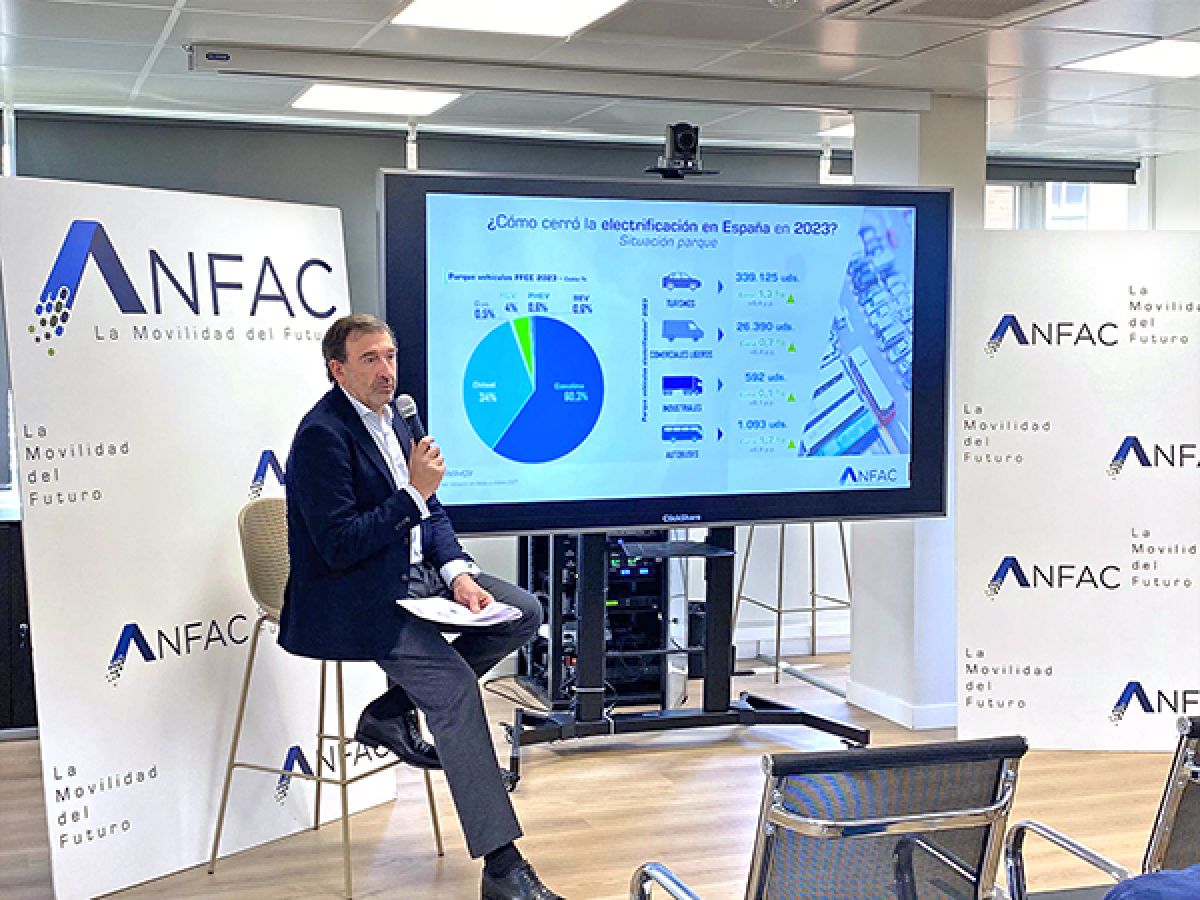
European ministers ask to connect weights and dimensions to combined transport
The debate on masses and dimensions in road freight transport is far from being satisfactorily closed before Spain ends its rotating mandate of the European Union. The European Council of Transport Ministers concluded today without major progress in this matter and without a clear directive due to the request of a total of seven countries to debate and approve this regulation in a timely manner with the combined transport directive that is also on the agenda. European countries have shown practically unanimity regarding the overload and deterioration of European infrastructure that would be caused by increasing weights and dimensions. On the other hand, during this morning’s plenary session, the haste with which some spokespersons accused the European Commission of acting on this issue became evident.
Transport ministers fear a loss of competitiveness of the freight railway
Virtually all of the delegations of the member countries of the European Council (a total of 17) have pointed out that the schedule for debate and implementation of the change in masses and dimensions is “completely unfortunate”, as stated by the spokespersons for the Czech Republic. , and that its approval should be carried out in a manner consistent with the combined transport directive, already during the Belgian presidency of the EU. Other delegations such as Luxembourg and Italy have agreed on this point, which has also denounced that in the regulations there are “completely dubious elements, especially with regard to intermodal transport”, in the sense that “the unification of both directives would generate new synergies.” For its part, Greece has pointed out that, although the mass and dimension standard “is on the right track”, aspects such as height and maximum load still need to be improved.
In the case of Bulgaria, its spokesperson wanted to emphasize that “what is proposed here would place an excessive burden on the infrastructure we have” and has suggested going deeper into the requirements that these vehicles must meet. “At least, we are sure that some provisions of the regulations are not binding,” he commented at the end of his speech. But especially unanimous has been the impression that the infrastructures are not prepared to accommodate a road transport model that increases the length, axles and size of trucks and that “a large amount of investment will be needed to adapt the roads.” , as the Austrian delegation has acknowledged.
In this sense, the Netherlands has also spoken out, asking “that the dimensions be those that adapt to the infrastructures, and not the other way around”; Finland, which sees “it is capital to preserve infrastructure so that cross-border transport can continue without barriers”; Hungary, which has asked for more time to continue examining weights and dimensions; Slovenia and France. It should be noted that Finland is the only Scandinavian country that has distanced itself from the general sentiment of Sweden and Denmark, where they have legislation with higher maximums in the area of weights and dimensions and which, according to the Swedish delegate, “represent a point crucial for our development.”
There is also a general feeling that the increase in masses and dimensions in the transport of goods by road could put the competitiveness of the railway at risk. “This whole issue should be left in the hands of the experts,” claimed Lithuania. “The arrival of the change in masses and dimensions will create a problem of competition between road and railway, which has not yet gained a place among the most economical freight transport alternatives.”
IMMOVABLE POSITION OF THE EUROPEAN COMMISSION
On the part of the European Commission, however, there does not seem to be any greater possibility of movement on this matter. The Commissioner for Transport, Adina Valean, has stated emphatically that “promoting the use of zero-emission heavy vehicles is a ‘sine qua non’ condition for the decarbonisation of the sector, and the additional load is essential for operators to invest in greening of the fleet.” In his opinion, the extra load of this type of vehicle will be “a tangible and practical incentive” for transporters, although he has conceded that combined transport requires greater analysis and an extension in consultations before implementing it “to ensure that its implementation is fair.”

